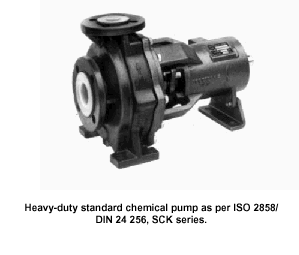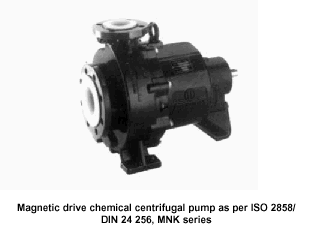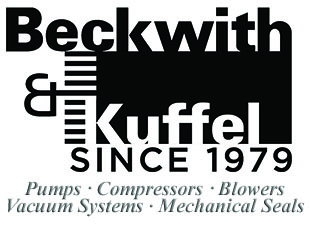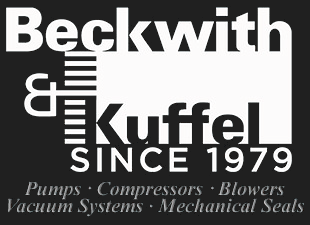Referring to the system, the individual formula values can be adhered to.
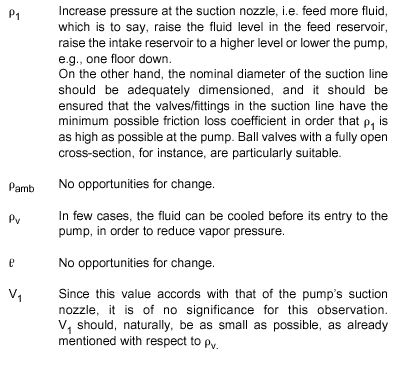
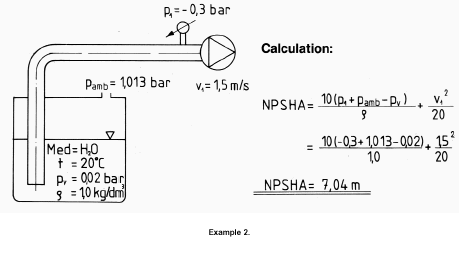
The following remedies can be applied to the pump:
| Reduce Delivery Rate | The NPSHR value will generally become smaller, and the NPSHA value greater. If necessary, split delivery to several pumps, e.g., operate standby pump as well. |
| Install Larger Impeller | In many cases, the NPSHR is better, but power consumption is, of course, also greater. |
| Reduce Speed | Pumps running at lower speeds have better NPSHR values. In many cases, however, a larger pump also becomes necessary. |
| Install Larger Impeller And Reduce Speed | If a relatively small impeller is installed in the pump, this solution is ideal from a hydraulic view point (smoother running, less wear). |
| Operate Pump With Cavitation | In individual cases, the pump supplier and the operator of the system can agree, that total delivery head drop should be not 3%, but more. This must be determined carefully, however, in order that delivery does not collapse completely. |
| Select Pumps with better NPSH Value | Larger pumps in many cases have better NPSH values at the same delivery rate. If necessary, special impellers designed specifically for good suction can be installed. |
Plastic pumps are, generally, relatively insensitive to cavitation. It is also difficult to hear this phenomenon, since plastic is a good sound insulator.
Magnetic pumps can be treated like pumps with single mechanical seals. The temperature of the fluid should be at least 20°C below its boiling point.
The Influence of Vapor Pressure
In this context, the significance of vapor pressure on the reliable oper-ation of the pump should again be emphasized:
Vapor pressure is a function of temperature. Fluids which are pumped close to vapor pressure are a particular hazard, since even slight increases in temperature can cause evaporation. Not only the tem-perature fluctuations in general, but also obstructed cooling or an uncontrolled input of heat can trip this off. Inadequate heat dissipation can, for instance, be due to an excessively low delivery rate. Heat input may occur due to increased friction in a mechanical seal, increased bearing friction in magnetic pumps, and also particularly due to heat losses (eddy currents) in metal cans on sealless pumps.
Pumps with double mechanical seals are the least susceptible, since the contact surfaces are lubricated by a separate circuit.
Reference:
- Centrifugal pumps and centrifugal pump systems, DIN 24 260 Part 1
- NPSH in centrifugal pumps, Europump, 1981 edition
